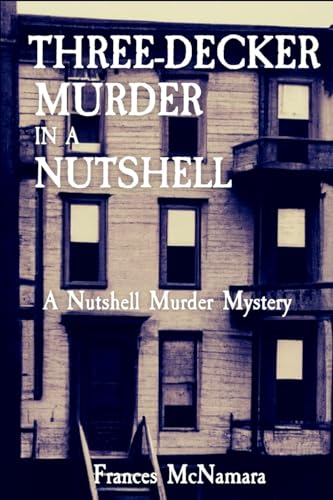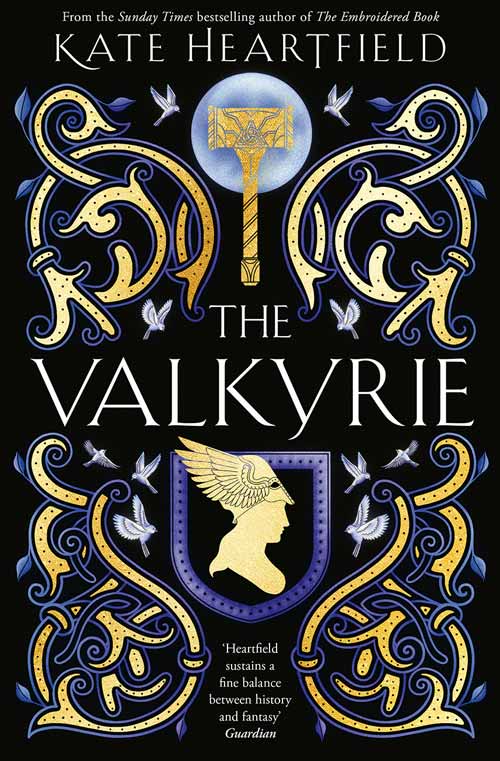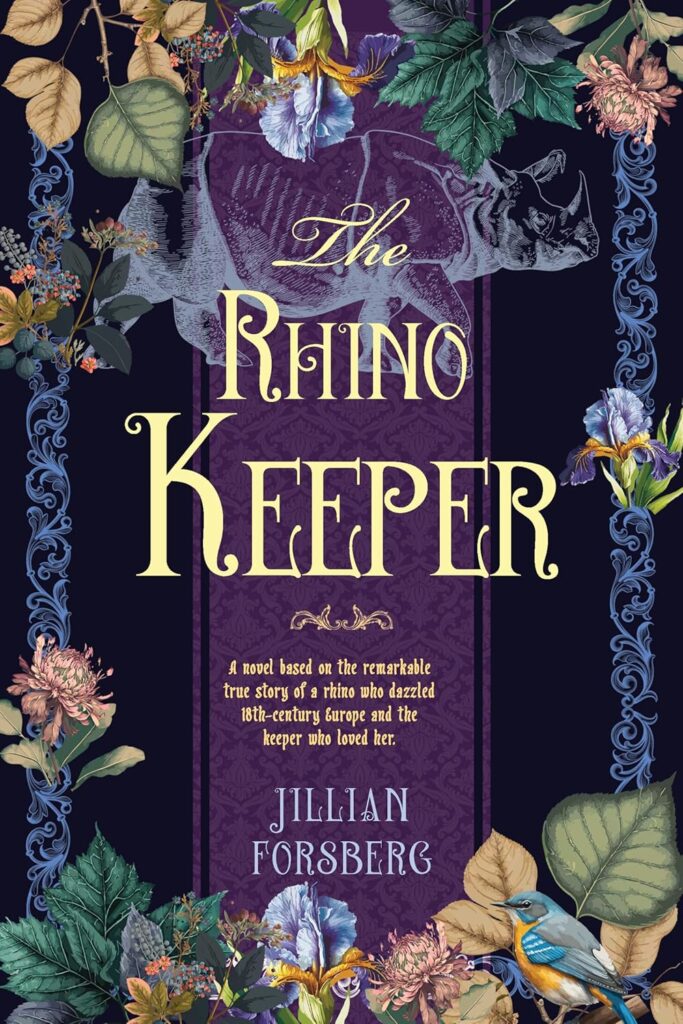Three-Decker Murder in a Nutshell
In December 1919, Boston medical examiner Dr. George “Jake” Magrath chides a young police detective for removing the body of a young woman from a crime scene because he assumed she had fallen from the porch of a three-decker tenement when in fact she had been shot in the head. Not long afterward, a man’s beaten and bloody body is found in a storage box that, Magrath laments, has not been scoured for the murder weapon.
Rather than please superiors and make a quick arrest, detective Peter Attwood follows Magrath’s experimental crime scene investigation techniques, in the process witnessing the first ballistics tests of bullets fired from rifles and using details from a dollhouse-like crime scene reconstruction to explain the two deaths.
Three-Decker Murder in a Nutshell is the second in McNamara’s Nutshell Mystery series that fictionalize the work of forensic pioneers Magrath and Frances Glessner Lee, who set the standard for legal medicine education in the 1940s. Their seminars taught men in law enforcement how to observe, gather details, and interpret findings. Key educational tools were 18 dollhouse-like crime scene reconstructions created by Lee and called the Nutshell Studies.
This book is a delight for fans of stories set in the early days of forensic science. It presents characters determined enough to test authority and patient enough to test theory against practice. It also offers details about time and place, political and social situations, and major historical figures. In this case: the days before Prohibition, the Brahmins vs. the workers, and former Boston mayor “Honey Fitz” Fitzgerald. Suitably twisty-turny and yet surprising; plot resolution centers not only on the usual forensic suspects—bullets, fingerprints—but also on a piece of delicate handiwork.










